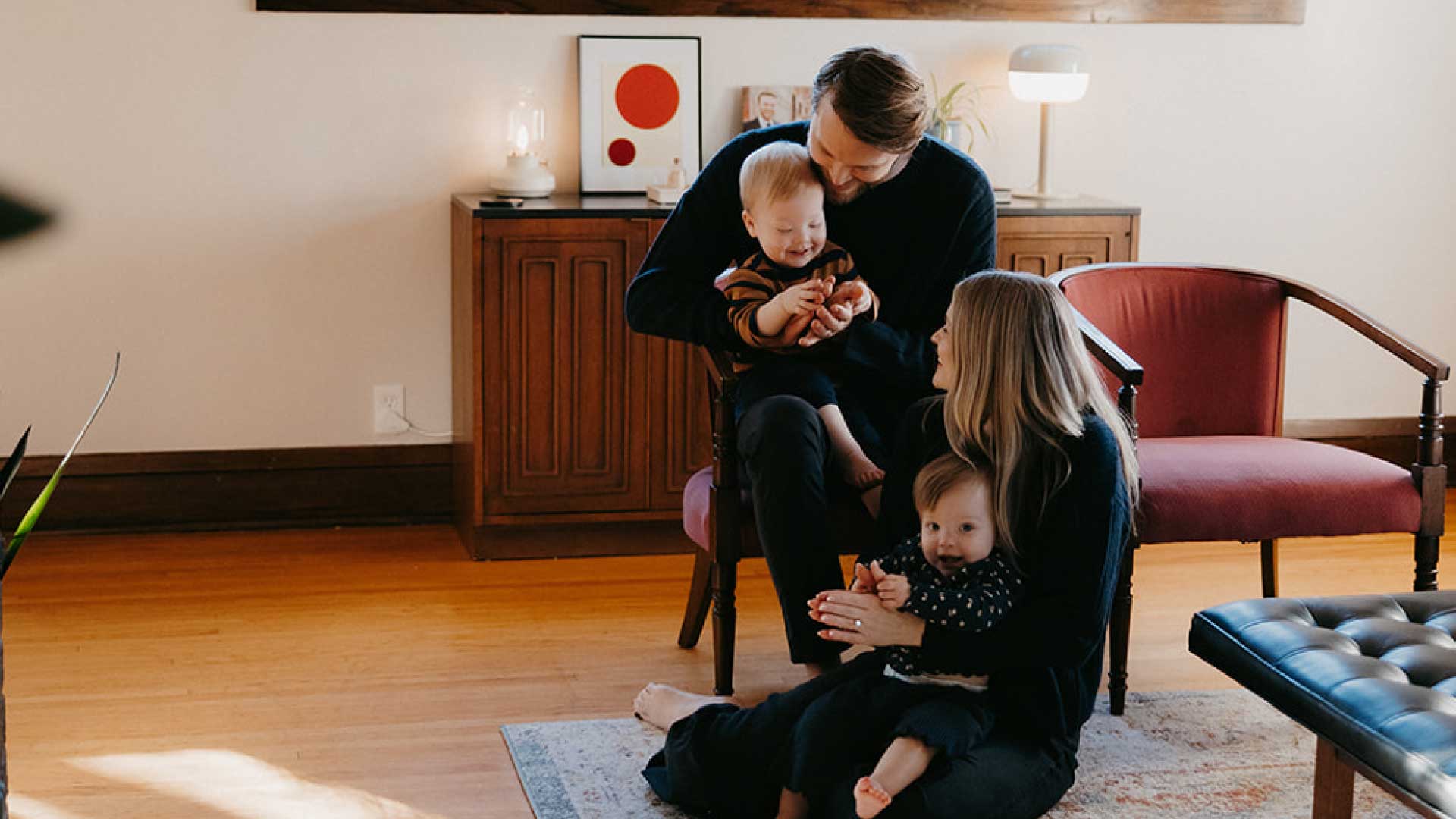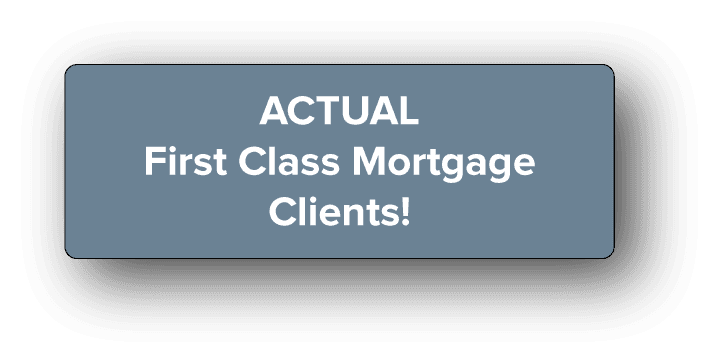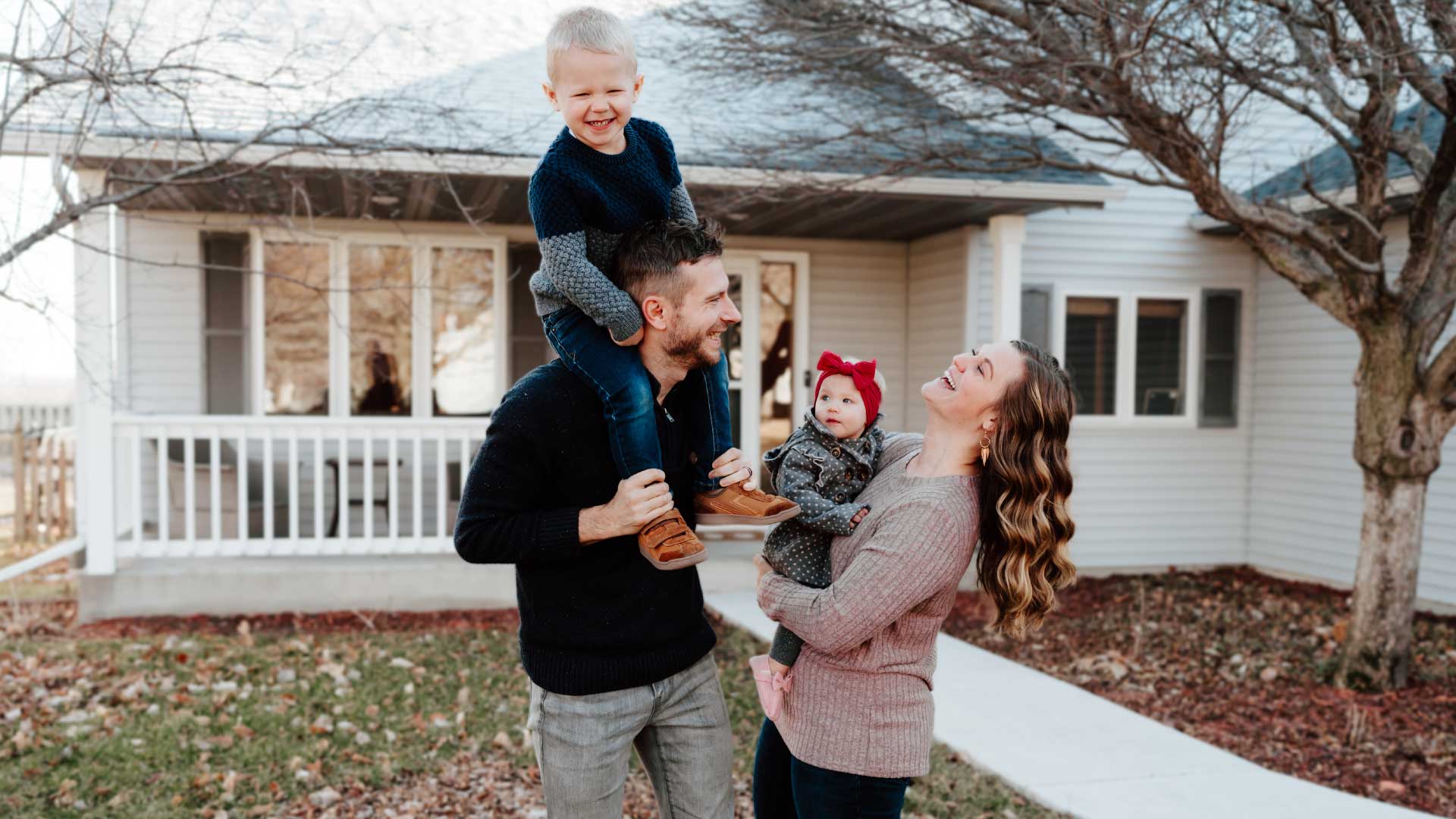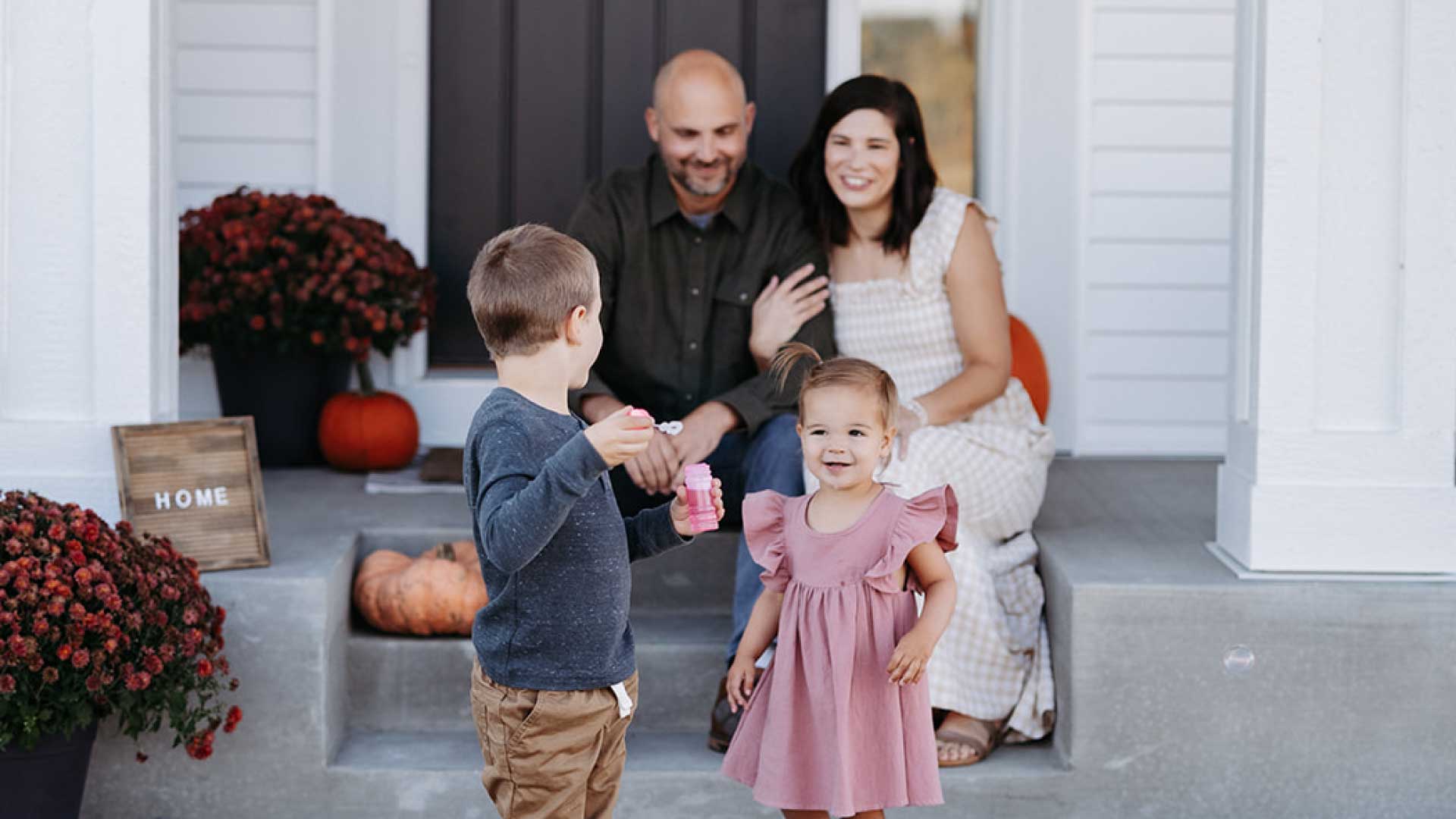Key Takeaways
- The average house price in Minnesotais about $325,000 statewide
- Prices are highest in the Twin Cities and lowest in rural towns
- Homes in Duluth, Rochester, and St. Cloud offer a balance of cost and convenience
- Comparing cities helps align price with overall cost of living
- Affordable options still exist in Greater Minnesota
- Work with trusted professionals to navigate financing and local housing trends
Average House Price in Minnesota
The average house price in Minnesotaplays a big role in how affordable it is to live in the state. While the overall cost is lower than in many parts of the country, home prices vary widely depending on location, amenities, and market trends.
From Twin Cities condos to small-town ramblers, understanding what you can expect to pay helps you make smarter decisions when buying a home in Minnesota. Whether you’re relocating, refinancing, or buying your first home, this guide walks you through the numbers.
Current Average House Price in Minnesota
As of early 2025, the average house price in Minnesotais around $349,000. This number reflects a statewide average, which includes both urban and rural areas.
In Minneapolis and St. Paul, the average home price tends to be higher, hovering between $350,000 to $450,000. In contrast, cities like Rochester and Duluth offer homes in the $250,000 to $320,000range. Meanwhile, in more rural communities, you can still find homes under $200,000.
Keep in mind that price depends on factors like square footage, age of the home, upgrades, school district ratings, and location within the state.
Housing Prices by Region
Let’s break down the average house price in Minnesotaby region:
- Twin Cities Metro
Minneapolis, St. Paul, and surrounding suburbs often have the highest prices due to job opportunities, schools, and public transit access. Expect to pay around $400,000for a single-family home in desirable areas like Edina, Maple Grove, or Woodbury. - Southern Minnesota
Towns like Mankato and Albert Lea offer lower prices, with averages between $180,000 and $250,000. These areas are attractive for first-time buyers and retirees. - Northern Minnesota
Duluth, Bemidji, and Hibbing offer a mix of prices. Duluth is slightly higher due to its port and university presence, averaging about $275,000, while Hibbing offers homes for under $175,000. - Western Minnesota
More rural areas like Fergus Falls or Willmar present some of the most affordable housing options, with average home prices around $160,000 to $200,000.
If you’re looking to keep your overall expenses in check, compare this with the cost of living in Minnesotato get a full financial picture.


How Prices Compare With Other States
Minnesota homes are still more affordable than in many parts of the country. Compared to states like Colorado, Washington, or California, the average house price in Minnesotaoffers more space for less money. This makes it an appealing option for remote workers and young families looking to stretch their dollars further.
A cost of living comparison in Minnesota citiesshows that while Minneapolis has higher home prices, it also has better access to jobs and services. Smaller towns often trade lower home prices for fewer amenities or longer commutes.
Affordable Places to Consider
If you’re house hunting on a budget, you might want to explore the cheapest place to live in Minnesota. Towns like Austin, Fairmont, and Hibbing offer very affordable homes without sacrificing quality of life. Many of these areas are ideal for remote workers or retirees who want peace and space without the high price tag.
These locations are also attractive for those looking to build equity or invest in rental properties.


What Impacts Home Prices in Minnesota
Several factors affect the average house price in Minnesota, including:
- Local job growth and demand
- School districts and neighborhood rankings
- Proximity to shopping, parks, and public transit
- Home condition and renovation history
- Interest rates and market supply
As demand shifts and more people explore the Minnesota living cost, areas once considered “too far out” are quickly gaining popularity and increasing in value.
Tips for Buying at the Right Price
If you’re thinking about buying in Minnesota, here are a few tips:
- Work with a local mortgage expertwho understands the market
- Get pre-approvedso you know what you can afford
- Watch for seasonal trends, as prices often dip slightly in winter
- Compare city vs. suburban optionsto find your ideal price range
- Use datalike average days on market, price per square foot, and historical price trends to guide your decision
Homeownership is one of the biggest investments you’ll make, and knowing the average house price in Minnesotahelps you plan with confidence.
Ready to Explore Homeownership in Minnesota?
At First Class Mortgage, we make it easy to understand your options and buy with confidence. Whether you’re eyeing a starter home or upgrading to your dream space, our team is here to walk you through the process.
Contact us todayfor a personalized guidance on your home search.
First Class Mortgage
First-class service. First-class knowledge. A first-class experience. We are staffed and operated by people who understand that each customer is special and individual attention is necessary to satisfy each unique financial situation. That’s why at First Class Mortgage, we have simplified the mortgage process.
Locally owned. Connected nationwide.


